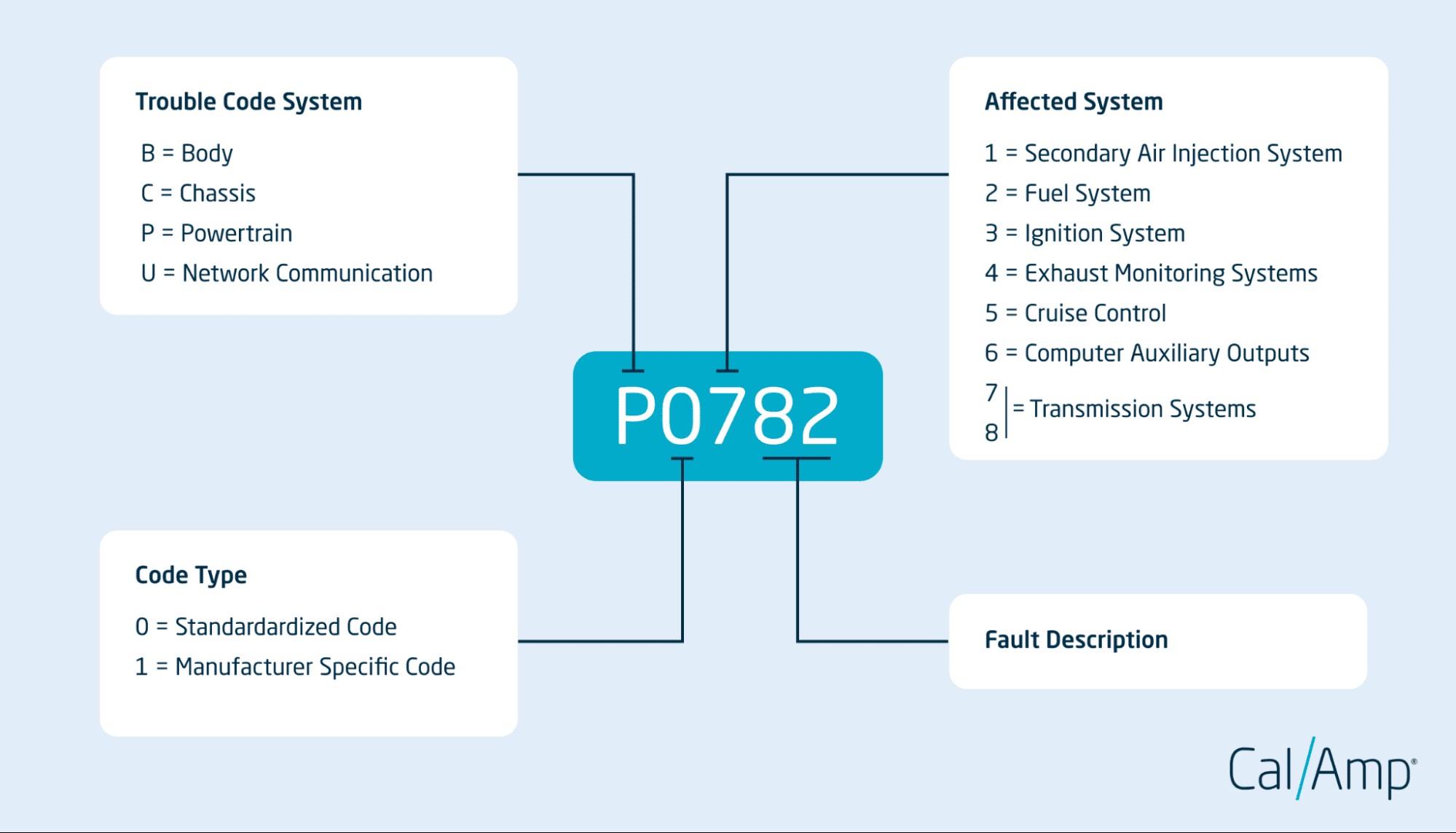Understanding OBDII codes is crucial for effective fleet management. These codes provide valuable insights into the health of your vehicles, enabling proactive maintenance and minimizing downtime. This guide delves into the importance of OBDII codes, their types, how to read and clear them, and strategies for effective fleet-wide management.
 What OBD2 codes mean
What OBD2 codes mean
Understanding OBDII Code Types
OBDII codes categorize vehicle problems into four main types:
Powertrain Codes (P-Codes)
P-Codes relate to the engine, transmission, and drivetrain. For example, P0101 indicates a Mass Air Flow (MAF) sensor issue, potentially affecting fuel efficiency and engine performance.
Body Codes (B-Codes)
B-Codes address problems within the vehicle’s body systems, such as airbags, lighting, and climate control. B0020, for instance, signals a driver’s side airbag deployment circuit malfunction.
Chassis Codes (C-Codes)
C-Codes pertain to the chassis and related systems like brakes, steering, and suspension. C1234 signifies a problem with the right front wheel speed sensor, impacting stability and ABS functionality.
Network Communication Codes (U-Codes)
U-Codes identify issues within the vehicle’s communication network. U0100, for example, indicates lost communication with the Engine Control Module (ECM), often due to a faulty battery. This can lead to reduced engine power, poor fuel economy, and even stalling.
Deciphering OBDII Codes
OBDII codes are five-character alphanumeric sequences:
Trouble Code System (First Character)
The first letter indicates the system: P (Powertrain), B (Body), C (Chassis), or U (Network Communication).
Code Type (Second Character)
The second character (0 or 1) denotes whether the code is generic (0) or manufacturer-specific (1).
Affected System (Third Character)
The third character specifies the affected subsystem (e.g., fuel system, ignition system).
Specific Code (Fourth and Fifth Characters)
The last two characters pinpoint the exact problem within the subsystem.
Clearing OBDII Codes
While addressing the underlying issue is crucial, you can clear codes using:
OBDII Scanner
Scanners retrieve and clear Diagnostic Trouble Codes (DTCs), allowing for preliminary diagnostics and resolving minor issues.
Drive Cycle
Certain codes might clear after specific driving conditions allow the system to retest.
Mechanic Consultation
For complex issues, consult a mechanic for accurate diagnosis and code clearing.
Preventing OBDII Codes
Proactive measures can prevent OBDII codes:
Regular Vehicle Maintenance
Routine inspections, fluid changes, and timely repairs prevent minor issues from escalating.
Quality Fuel and Fluids
Using high-quality fuel and fluids ensures optimal engine performance and prevents emissions-related issues.
Managing OBDII Codes for Fleets
Efficient fleet-wide OBDII code management involves:
Centralized Code Tracking
Consolidating code data from all vehicles into a central system provides comprehensive insights and simplifies management.
Ongoing Fleet Monitoring
Real-time telematics data, including OBDII codes, enables proactive maintenance and minimizes downtime.
Prioritized Repairs
Categorizing codes by severity allows for efficient resource allocation, addressing critical issues first. Prioritizing repairs based on severity ensures efficient resource allocation and minimizes downtime. For instance, a critical code like U0100 requires immediate attention, while a less severe code might be addressed during scheduled maintenance.
Conclusion
OBDII codes are indispensable for maintaining a healthy and efficient fleet. By understanding these codes and implementing proactive management strategies, fleet managers can minimize downtime, reduce repair costs, and optimize vehicle performance. Leveraging technology like the CalAmp iOn platform offers comprehensive fleet monitoring and centralized code tracking, enabling data-driven decision-making and proactive maintenance.

